As a member of the American Society of Interior Designers (ASID) and the Sustainable Furnishings Council (SFC), I align with their position on sustainable design: advocate for safe, healthy products and services, minimize waste, conserve energy, and protect our air, water, and soil. Every design decision carries the potential to either burden or benefit the planet. By designing sustainably, we eliminate unnecessary risks to your health, reduce environmental impact, and create timeless spaces you can feel good living in every day.
Put simply sustainable design is holistic design. It’s about supporting your mind, body, and spirit while protecting the natural world we all share.
In this post, I’ll share practical ways to bring sustainability into your home, from furniture and flooring to appliances, lighting, and beyond. Together, these choices help create not only a healthier home for you, but also a healthier planet for generations to come.
Why Design Sustainably?
For me, sustainability isn’t just a design philosophy, it’s a responsibility. Every finish, fixture, and furnishing has the potential to either support or compromise our wellness and our planet. That’s why I emphasize eco-friendly materials, energy- and water-efficient systems, circular design practices, and biophilic elements – choices that protect the earth while enriching daily life.
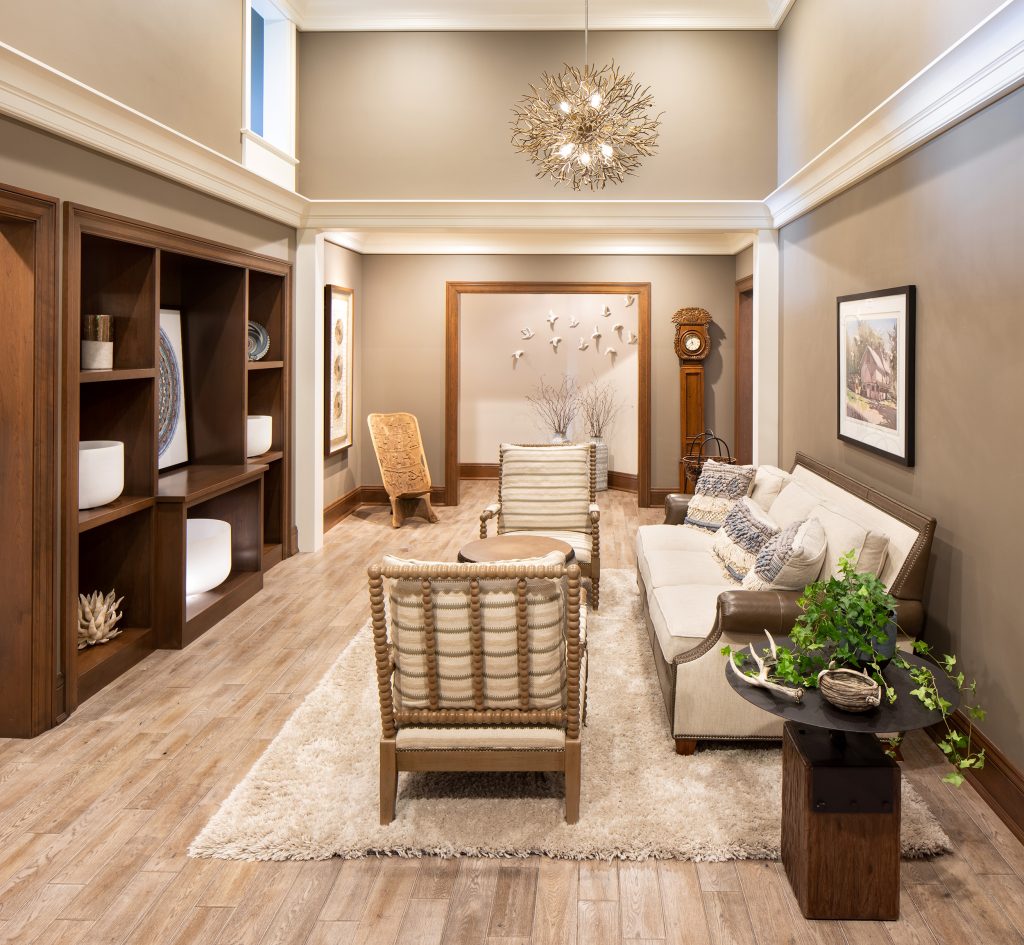
What Are “Green” Products?
The truth is there’s no such thing as a perfectly “green” product. Instead, there are products with green attributes. When selecting items for your home, it’s important to ask questions such as:
- What is it made of and is it safe for me and my family?
- Was it made locally, reducing transportation emissions?
- Does it come from renewable resources or reclaimed materials?
- Were toxic chemicals avoided so it won’t off-gas harmful substances into your space?
- Can it be reused, recycled, or repurposed at the end of its life?
- Does it carry credible third-party certifications?
- Is it durable and multifunctional designed to last?
- Was it produced by a company committed to social and environmental responsibility?
These questions help us move beyond surface-level “eco” labels and instead choose products that truly support wellness and sustainability.

What is a Third-Party Certification?
A third-party certification is an independent verification that a product has been tested and meets specific environmental, health, or safety standards. It’s not the manufacturer making the claim, but an impartial organization providing accountability and transparency.
This matters because many products market themselves as “eco-friendly,” but without outside validation, those claims can be misleading (greenwashing). Certifications help you trust that what you’re bringing into your home is truly safer and more sustainable.
Some trusted certifications include:
- GREENGUARD: Ensures low chemical emissions for healthier indoor air.
- FSC (Forest Stewardship Council): Verifies that wood products come from responsibly managed forests.
- Cradle to Cradle Certified™: Evaluates recyclability, safe materials, renewable energy, water stewardship, and social fairness.
- Energy Star: Identifies energy-efficient appliances and systems.
- GOTS (Global Organic Textile Standard): Confirms organic textiles and responsible processing.
When you see these marks, you can feel confident your choices align with both your values and your well-being.
Why Corporate Culture Matters
Sustainability doesn’t stop with products; it extends to the companies behind them. A sustainable corporate culture reflects a business’s values and actions: how they source materials, treat employees, reduce waste, and give back to their communities.
Supporting brands that embrace sustainability means your dollars are helping build a healthier planet. Look for companies that:
- Are transparent about sourcing and manufacturing
- Provide fair and safe working conditions
- Commitment to lowering carbon emissions
- Innovate with closed-loop recycling and waste reduction
- Invest in renewable energy
- Give back to communities and environmental initiatives
When we align our homes with products from companies that walk the talk, we amplify the impact of our choices. Together, we encourage industries to adopt values that nurture both people and planet.
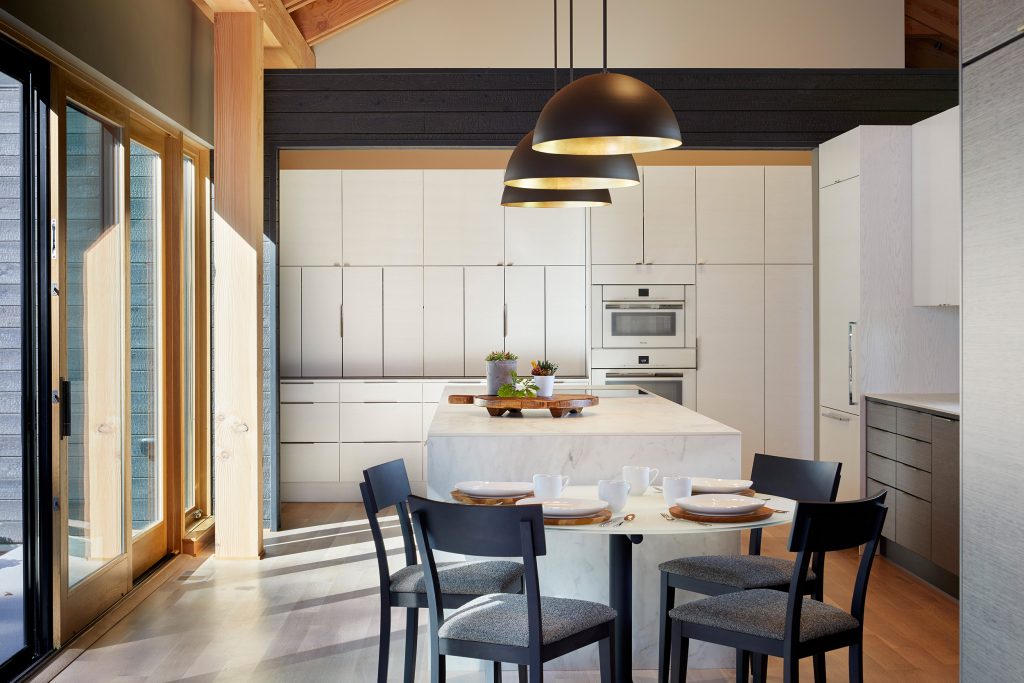
The Importance of Circularity
Circularity is at the heart of true sustainable design. Instead of a “take, make, dispose” model, circularity focuses on designing products and spaces with their full lifecycle in mind, from how materials are sourced, to how they are used, reused, and eventually returned to the earth or reimagined into something new.
In practice, this means prioritizing:
- Reclaimed and recycled materials over virgin resources
- Durable design that can be repaired and passed down
- Furniture and finishes that can be repurposed or recycled at the end of their life
- Manufacturers committed to closed-loop systems, where yesterday’s waste becomes tomorrow’s resource
Circularity ensures that the materials and objects we choose continue to live many lives, reducing waste and conserving resources. By embracing this mindset in your home, you are not just designing for today—you are designing for generations to come.
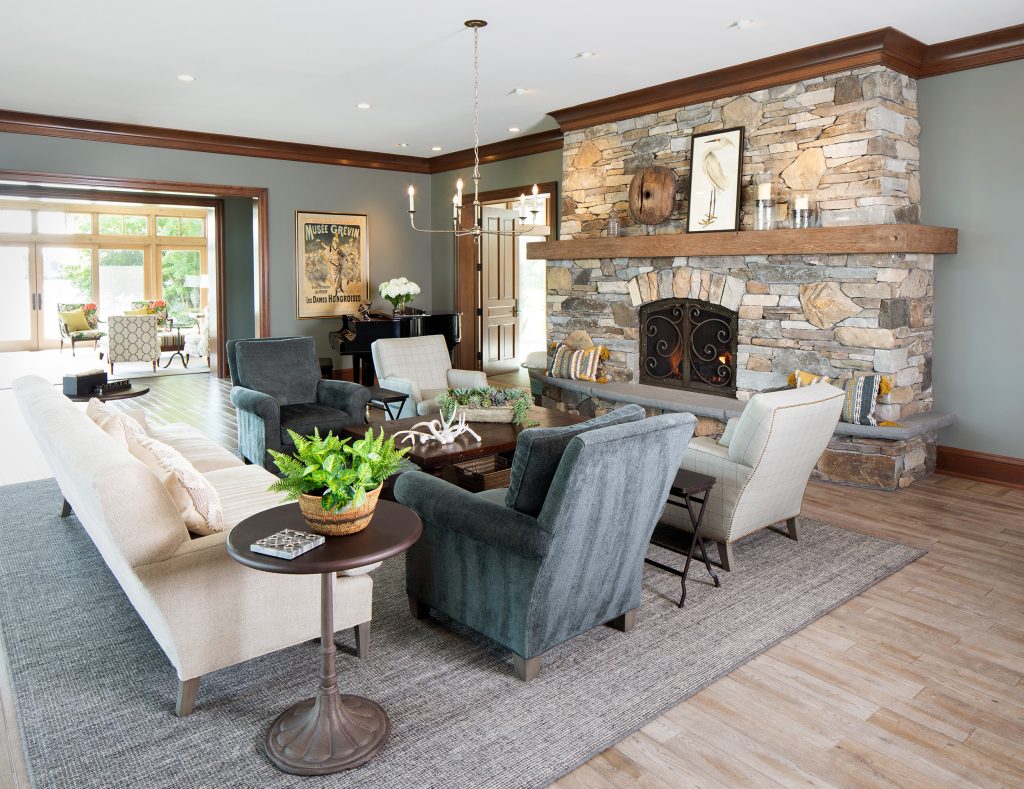
Key Areas of Focus for Sustainable Living
Furnishings
Durability matters. The most sustainable furniture is built to last – pieces you can enjoy today and pass down tomorrow. Look for:
- Formaldehyde-free glues and finishes
- Cushions filled with soy-based foam, natural latex, or wool (instead of petroleum-based foam)
- Coils from recycled metal
- Fabrics that are natural, organic, or recycled
- Wood sourced from sustainably managed forests
- Products made in the USA
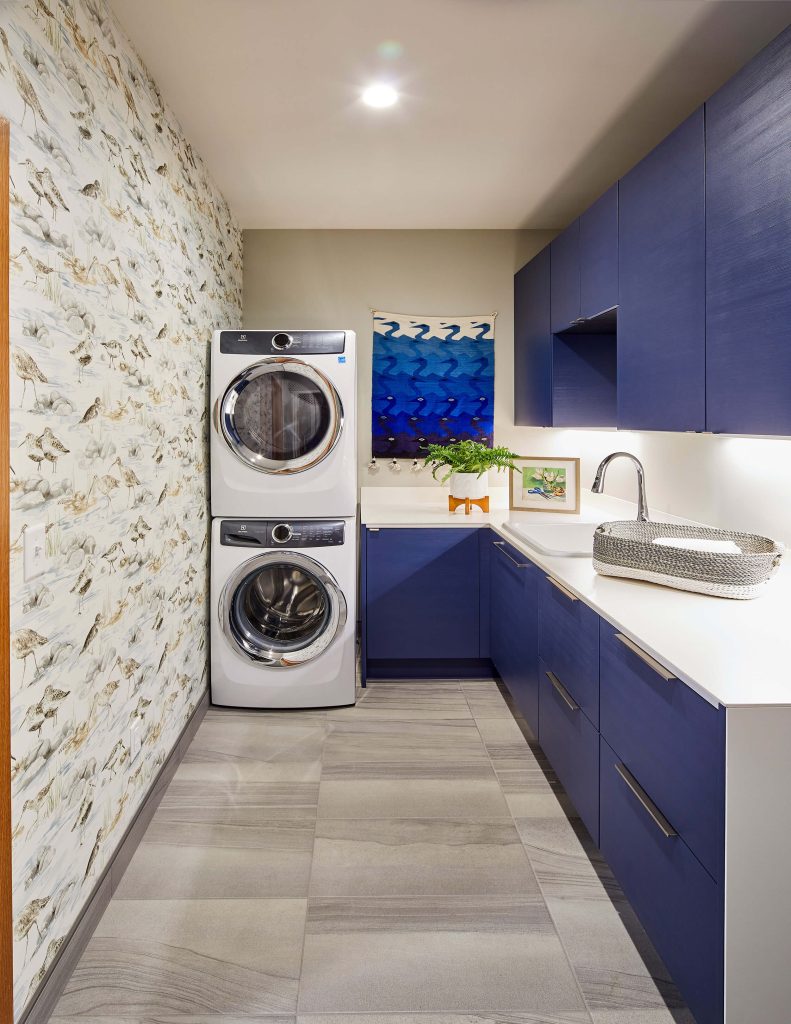
Appliances
Appliances play a surprisingly big role in how sustainable and healthy a home feels. With the right choices, you can reduce both energy and water use while also creating a kitchen and laundry room that supports your lifestyle.
- Smart & Small Appliances: Toaster ovens, convection ovens, microwaves, air fryers, and slow cookers use significantly less energy than full-sized ovens, making them smart alternatives for everyday cooking.
- Washers & Dryers: Front-loading washing machines use less water and energy, and when paired with a high-efficiency dryer, they create a sustainable laundry duo.
- Water Heaters: Heat pump water heaters can reduce household energy use by up to 70% compared to standard models—an investment that pays off over time.
- Refrigerators & Freezers: ENERGY STAR–certified options consume less power than standard models while keeping food fresh and safe.
- Dishwashers: Modern dishwashers with ENERGY STAR ratings use as little as 3–5 gallons per cycle, far less than handwashing. Many also include eco-settings to optimize efficiency.
- Air Conditioners: Certified high-efficiency air conditioners cool effectively with less energy, especially when paired with insulation and smart thermostat practices.
How to Identify Energy-Efficient Appliances
The most reliable way to know you’re making a good choice is to look for the ENERGY STARlabel, which signals that an appliance meets strict efficiency standards. The Energy Guide label also provides estimated yearly operating costs, making it easy to compare options side-by-side.
By selecting appliances thoughtfully, you’ll not only lower monthly bills, you’ll reduce your environmental footprint while supporting the health of your home.
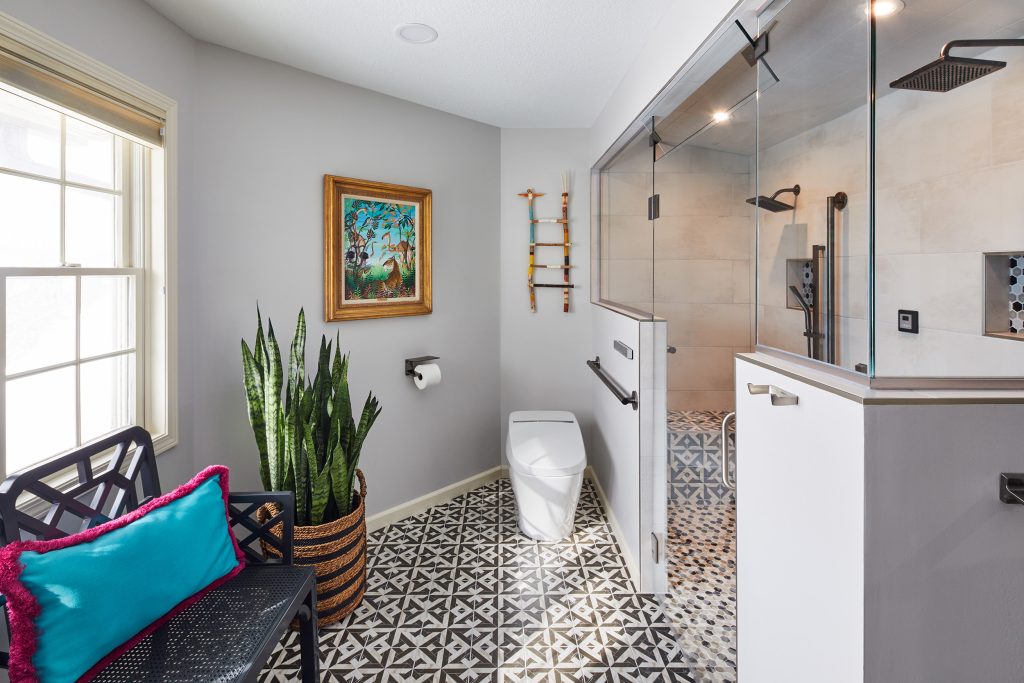
Water-Saving Plumbing Fixtures & Appliances
Water is one of our most precious resources, and your home can play a powerful role in conserving it. Advances in plumbing fixtures and appliances make it easy to save water without sacrificing performance or comfort.
- Faucets: WaterSense-labeled models reduce flow without compromising pressure.
- Showerheads: High-efficiency designs use up to 40% less water while maintaining a spa-like experience.
- Toilets: Dual-flush or high-efficiency toilets conserve gallons per flush.
- Washers & Dryers: Front-loading washers and efficient dryers cut both water and energy use.
- Dishwashers: ENERGY STAR dishwashers are designed to minimize both water and energy use, outperforming handwashing in efficiency.
Small upgrades like these quickly add up, saving resources and lowering utility costs.
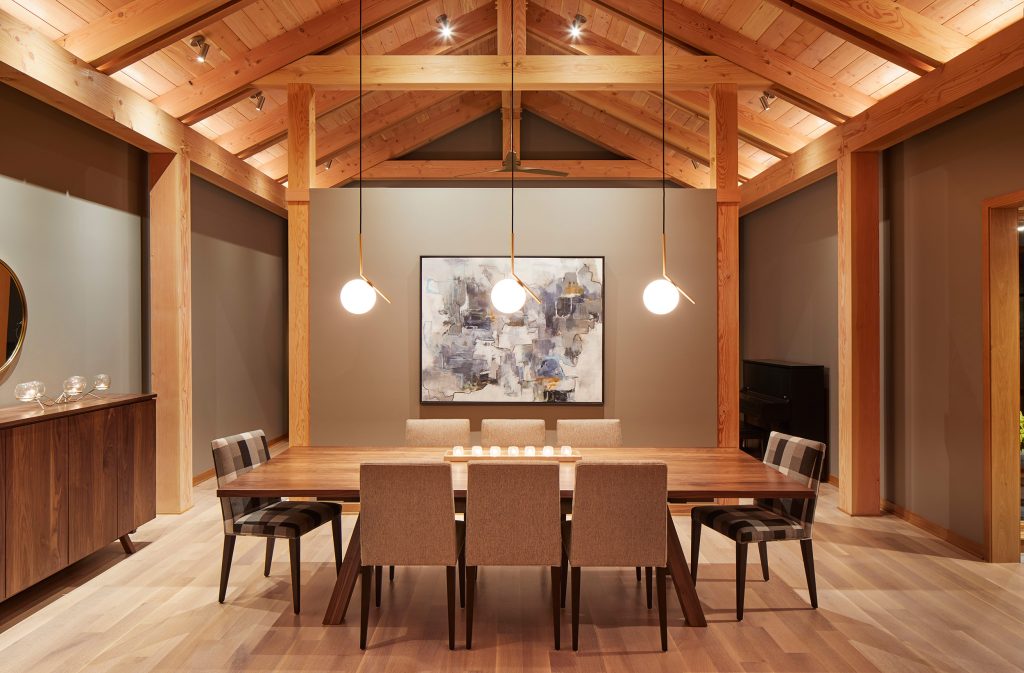
Lighting & Energy Efficiency
Lighting sets the mood in your home and plays a major role in energy use. Thoughtful lighting choices can conserve resources while enhancing wellness.
- LED Bulbs: Use up to 80% less energy and last much longer than incandescent bulbs.
- Smart Controls: Timers, dimmers, and motion sensors ensure light is only used when needed.
- Daylighting: Maximizing natural light through windows, skylights, and reflective surfaces supports circadian health and reduces reliance on artificial lighting.
- Energy Star Fixtures: Certified fixtures balance quality with efficiency.
- Layered Lighting: Combining ambient, task, and accent lighting creates the right effect without over-lighting a space.
When designed intentionally, lighting becomes more than functional and becomes a tool for creating your sanctuary.
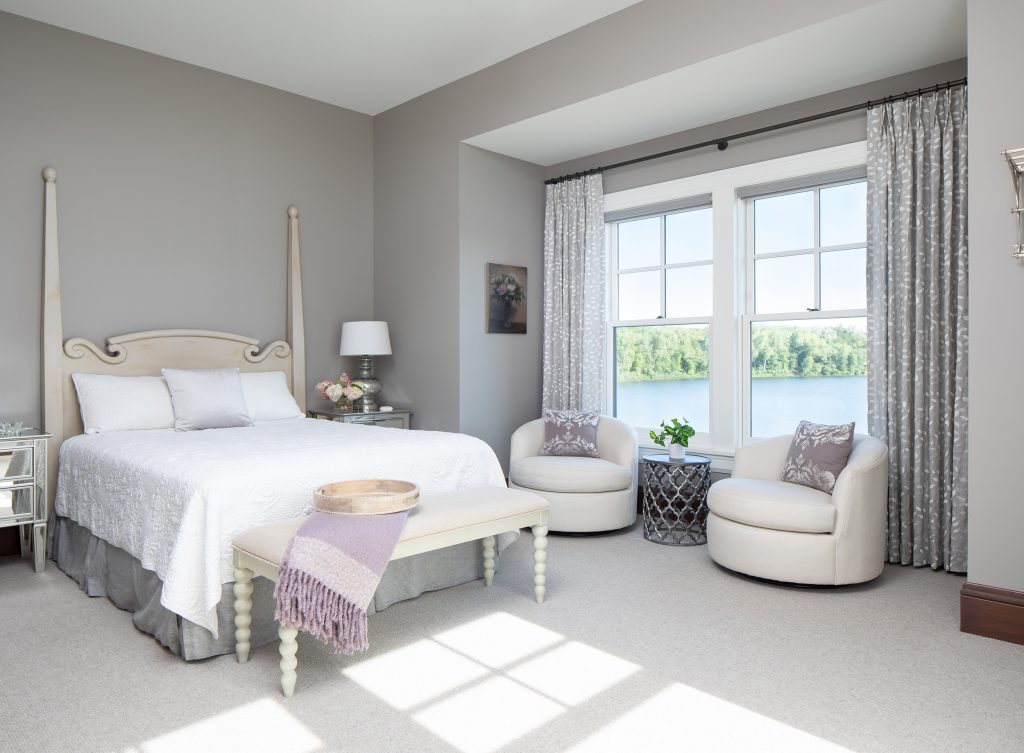
Flooring
Your flooring has a profound effect on your home’s health. Consider:
- Natural Wool Carpeting: Undyed, stain-resistant, fire-resistant, and long-lasting.
- Carpet Tiles: Brands like Interface use high recycled content and closed-loop recycling.
- Reclaimed Wood: Salvaged from barns, warehouses, and factories, reclaimed wood brings history and character while reducing demand for new lumber.


The Value of Working with a Sustainable Designer
Sustainable design is a specialty that requires knowledge, resources, and a commitment to both health and aesthetics. By working with a qualified, degreed designer who integrates sustainable practices, you can feel confident knowing your home will be beautiful, functional, and aligned with your values.
At Fusion Designed, I believe your home should not only reflect your essence but also support the greater balance of the natural world. When design honors both, it becomes more than just a home, it becomes a sanctuary.
✨ OM Takeaway: Every choice matters. By designing with intention—through circularity, water and energy conservation, lighting efficiency, sustainable corporate culture, and mindful product choices—we create sanctuaries that nurture the spirit and protect the Earth for generations to come.
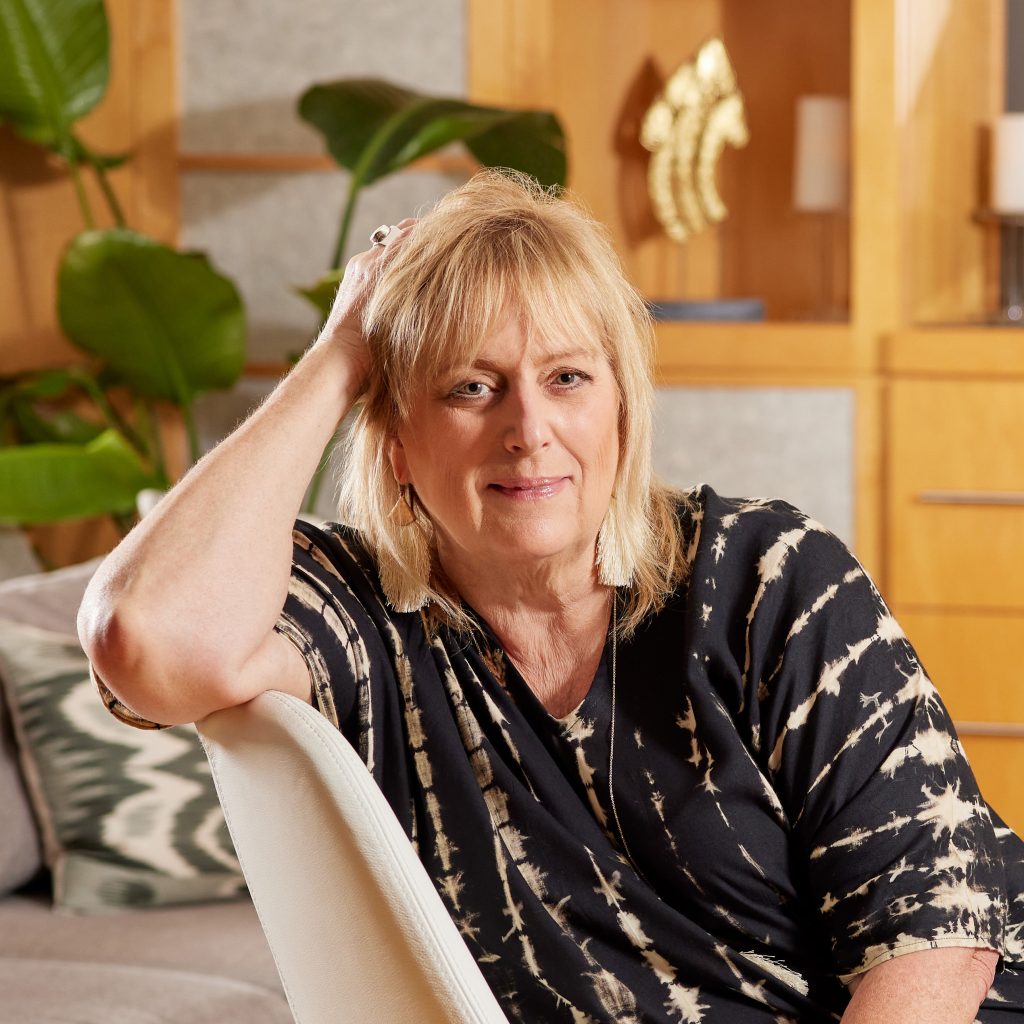
About the Author
Sheree Vincent, ASID Allied, Green AP, Feng Shui Master, Science in Design Certified
Sheree is the award-winning principal designer behind Fusion Designed, a Twin Cities–based interior design firm pioneering holistic design. With expertise spanning sustainable design, biophilic principles, Feng Shui, and neuroaesthetics, she creates sanctuaries that balance beauty, function, and well-being. Sheree’s mission is simple yet powerful: to design spaces that nurture mind, body, and spirit—while honoring the Earth.
📩 Reach out today to schedule a wellness-focused design consultation here:

